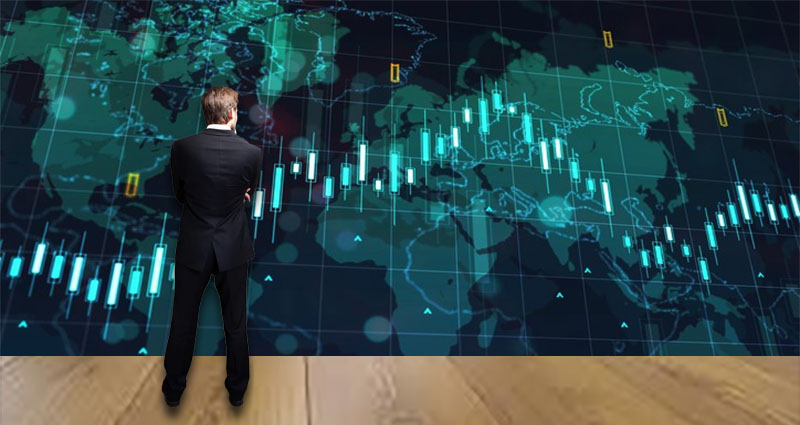Global Forex Trading: Navigating Currency Markets Around the World
The global Forex market, also known as the foreign exchange market, is the largest and most liquid financial market in the world. With trillions of dollars traded daily, it offers traders the opportunity to profit from currency fluctuations by exchanging one currency for another. Unlike traditional stock markets, Forex operates 24 hours a day, five days a week, and spans across time zones, making it a truly global market. To succeed, traders must understand not only the mechanics of Forex but also the key factors driving currency markets worldwide.
The Structure of the Global Forex Market
The Forex market has no central location, making it decentralised and accessible from anywhere in the world. Trading occurs in major financial hubs, including New York, London, Tokyo, and Sydney, with each hub representing a different trading session. London is the largest, accounting for nearly 40% of global trading volume, while New York and Tokyo also play significant roles.
The Forex market operates in three primary sessions—Asian, European, and North American—each with unique characteristics. During the overlapping hours between the London and New York sessions, market liquidity and volatility typically increase, offering traders more trading opportunities. However, it’s crucial to remember that high volatility can also increase risk.
The market is made up of various participants, including central banks, financial institutions, corporations, hedge funds, and retail traders. To participate effectively, traders often rely on a forex trading broker, which acts as the intermediary, providing access to the market and the necessary trading platforms. … READ MORE ...












